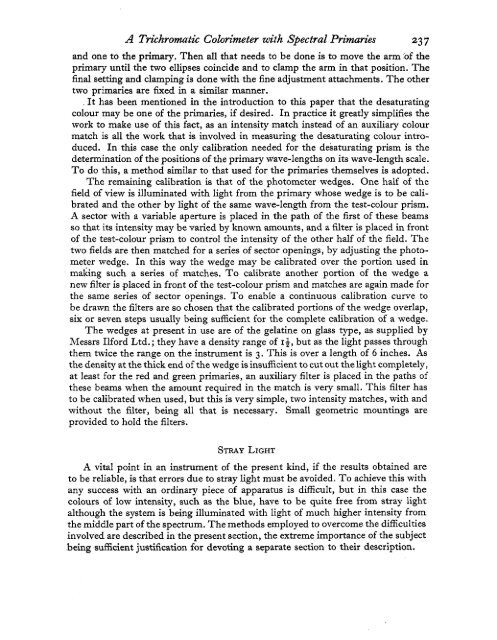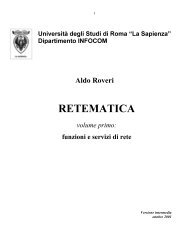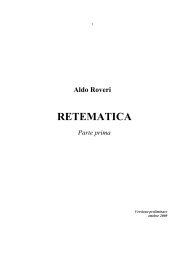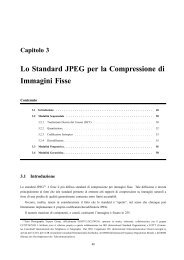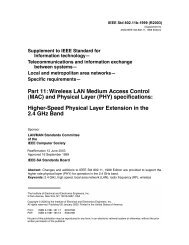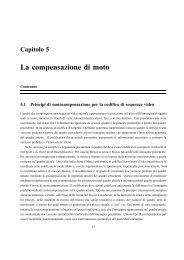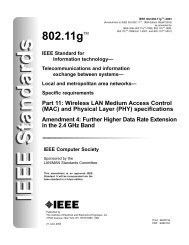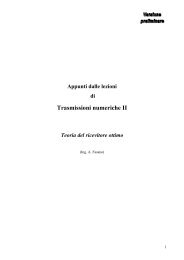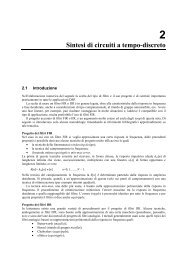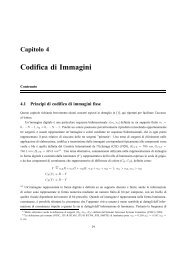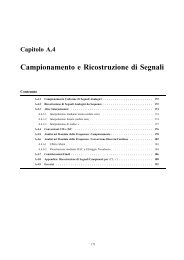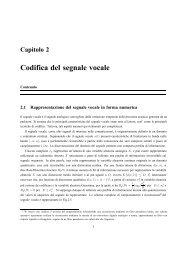a trichromatic colorimeter with spectral primaries - InfoCom
a trichromatic colorimeter with spectral primaries - InfoCom
a trichromatic colorimeter with spectral primaries - InfoCom
You also want an ePaper? Increase the reach of your titles
YUMPU automatically turns print PDFs into web optimized ePapers that Google loves.
A Trichromatic Colorimeter <strong>with</strong> Spectral Primaries 23 7<br />
and one to the primary. Then all that needs to be done is to move the arm of the<br />
primary until the two ellipses coincide and to clamp the arm in that position. The<br />
final setting and clamping is done <strong>with</strong> the fine adjustment attachments. The other<br />
two <strong>primaries</strong> are fixed in a similar manner.<br />
, It has been mentioned in the introduction to this paper that the desaturating<br />
colour may be one of the <strong>primaries</strong>, if desired. In practice it greatly simplifies the<br />
work to make use of this fact, as an intensity match instead of an auxiliary colour<br />
match is all the work that is involved in measuring the desaturating colour intro-<br />
duced. In this case the only calibration needed for the desaturating prism is the<br />
determination of the positions of the primary wave-lengths on its wave-length scale.<br />
To do this, a method similar to that used for the <strong>primaries</strong> themselves is adopted.<br />
The remaining calibration is that of the photometer wedges. One half of the<br />
field of view is illuminated <strong>with</strong> light from the primary whose wedge is to be cali-<br />
brated and the other by light of the same wave-length from the test-colour prism.<br />
A sector <strong>with</strong> a variable aperture is placed in the path of the first of these beams<br />
so that its intensity may be varied by known amounts, and a filter is placed in front<br />
of the test-colour prism to control the intensity of the other half of the field. The<br />
two fields are then matched for a series of sector openings, by adjusting the photo-<br />
meter wedge. In this way the wedge may be calibrated over the portion used in<br />
making such a series of matches. To calibrate another portion of the wedge a<br />
new filter is placed in front of the test-colour prism and matches are again made for<br />
the same series of sector openings. To enable a continuous calibration curve to<br />
be drawn the filters are so chosen that the calibrated portions of the wedge overlap,<br />
six or seven steps usually being sufficient for the complete calibration of a wedge.<br />
The wedges at present in use are of the gelatine on glass type, as supplied by<br />
Messrs Ilford Ltd.; they have a density range of I*, but as the light passes through<br />
them twice the range on the instrument is 3. This is over a length of 6 inches. As<br />
the density at the thick end of the wedge is insufficient to cut out the light completely,<br />
at least for the red and green <strong>primaries</strong>, an auxiliary filter is placed in the paths of<br />
these beams when the amount required in the match is very small. This filter has<br />
to be calibrated when used, but this is very simple, two intensity matches, <strong>with</strong> and<br />
<strong>with</strong>out the filter, being all that is necessary. Small geometric mountings are<br />
provided to hold the filters.<br />
STRAY LIGHT<br />
A vital point in an instrument of the present kind, if the results obtained are<br />
to be reliable, is that errors due to stray light must be avoided. To achieve this <strong>with</strong><br />
any success <strong>with</strong> an ordinary piece of apparatus is difficult, but in this case the<br />
colours of low intensity, such as the blue, have to be quite free from stray light<br />
although the system is being illuminated <strong>with</strong> light of much higher intensity from<br />
the middle part of the spectrum. The methods employed to overcome the difficulties<br />
involved are described in the present section, the extreme importance of the subject<br />
being sufticient justification for devoting a separate section to their description.


